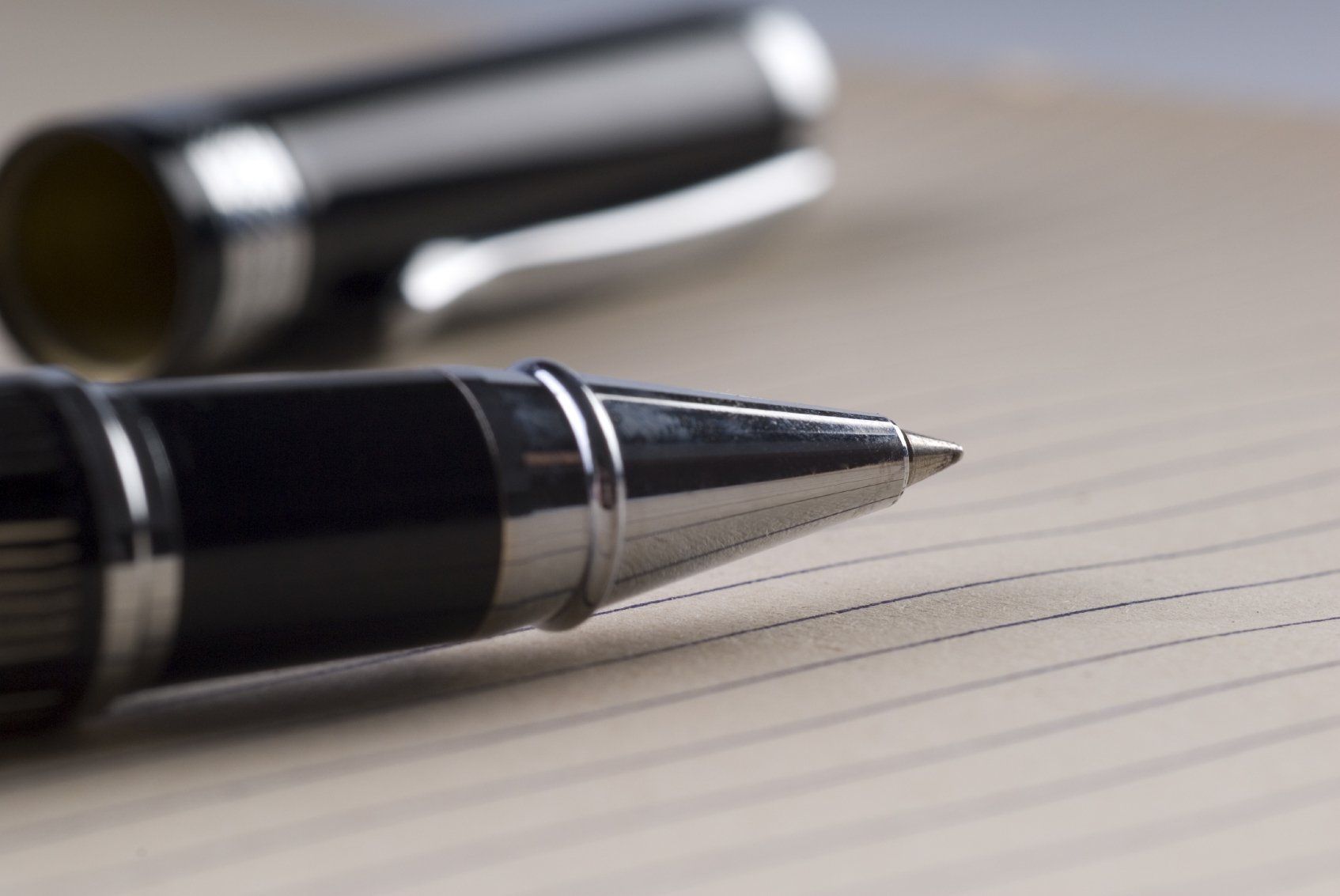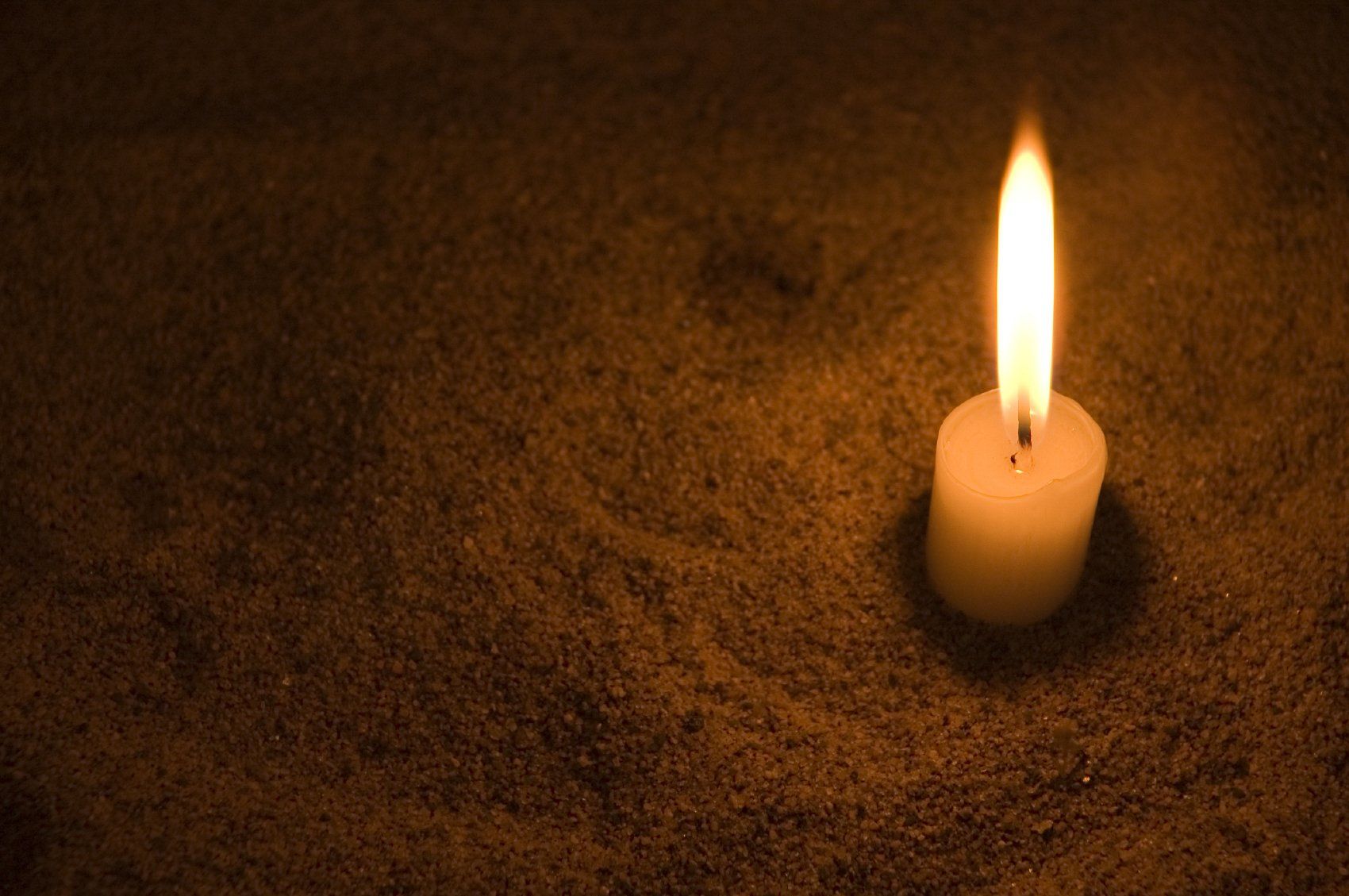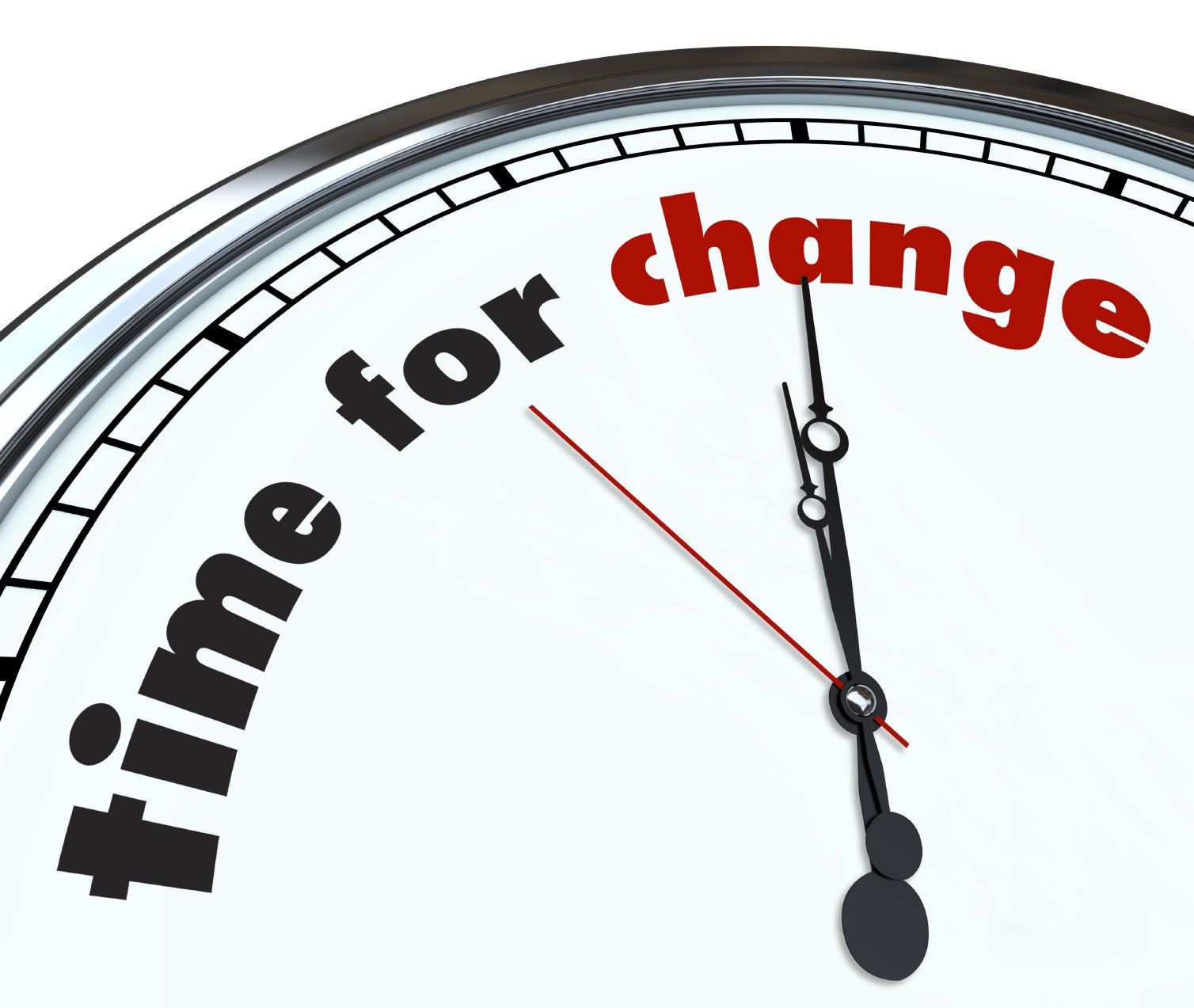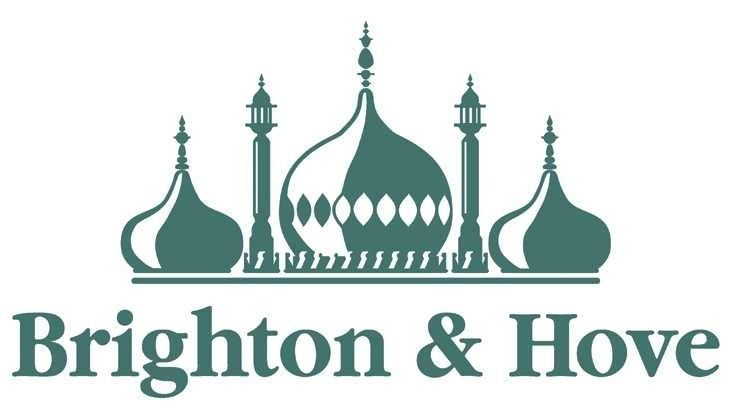Accredited Member
Changing lives, one step at a time

Since reading my last post on introducing more silence to your life you’ve developed greater creativity and concentration and are never distracted by noise, right? Don’t worry, I’m only kidding! Focusing your mind when surrounded by distraction is challenging even for the most experienced practitioners of mindfulness. But don’t fret, managing your attention is a skill that you can develop. The more aware you are of where your attention goes, the more capacity you’ll have to manage it. Once you start observing where it goes, you’ll see it moves with or without your conscious involvement. Your attention could suddenly move to how your body feels, whether happy or sad, or a raised heartbeat or the heat of a drink of tea on your tongue. Your attention might be caught by sounds in your environment, a phone ringing, typing on a keyboard, birdsong outside the window. Or your thoughts might dominate, “Can’t believe what I need to do before lunchtime” etc. Start small, focusing for a few minutes a day on where your attention goes. Ask yourself, “Where is my attention right now? On my body, the world, or my thoughts? Notice when your attention drifts and non-judgementally bring it back to being still in the present. By doing this over and over, for longer periods of time, you’ll increase your ability to direct your attention where you want it. To help bring yourself to the present moment, focus on a bodily sensation, such as breathing, or on one of your senses, such as touch, taste, sight, sound, or smell. By practicing strengthening your attention you’ll start spending more time in the present moment. This will help you become more focussed, reduce your stress levels, and improve your productivity. It’ll also help you reduce the amount of time you ruminate on past events or worry about future ones, improving your overall wellbeing. Don’t be too hard on yourself. No one can be in the present all the time. No one, not even a Zen master, can be aware of their attention all the time. Just by trying and becoming more aware of where your attention goes will create a positive shift in your life. Small steps of awareness are the key.

In my last blog post I wrote about the benefits of journalling. The beauty of journalling is that you can write about anything you want, without having to consider structure, grammar, or writing style. It’s a time and place for you. However, if you struggle to think what to write, you might find it useful to reflect on the following writing prompts to support your wellbeing. All of the prompts are coaching questions rewritten for journalling, to get you thinking about your life, how you feel about yourself and to encourage you to focus on what you want from life and how best to go about achieving that. Take one at a time and dive deep. You’ll be amazed at what comes out as you let the words flow. 1. Identify Things You're Grateful For. 2. Write a List of Your Coping Mechanisms. 3. Describe a Goal. 4. Write About How Different You Were Five Years Ago. 5. Write How You’d Like to Be Remembered. 6. Write a List of All the Things You Love About Your Life. 7. Write a Letter to Your Body. 8. List and Describe Your Emotions. 9. Write About How You'd Describe Yourself to a Stranger. 10. Write a letter of advice to yourself as if from a friend. If you do this exercise, do let me know how you get on!

Maybe you kept a diary as a teenager, maybe you write notes in your phone at times of stress. Writing down your thoughts and feelings, known as journalling, can help you understand them better, can help you reflect on patterns of behaviour, or can just get the stress from out of your head and onto the page. It can help you gain control of your emotions and improve your mental health. Journaling can help you: • Manage anxiety • Reduce stress • Cope with depression Journaling helps control your symptoms and improve your mood by: • Helping you prioritize problems, fears, and concerns • Tracking any symptoms day-to-day so that you can recognize triggers and learn ways to better control them • Providing an opportunity for positive self-talk and identifying negative thoughts and behaviours It can also help you identify what’s causing your stress or anxiety and help you create a plan to resolve your problems. Try these journalling tips: • Try to write regularly, whether it’s every day at night, or once a week. Set a reminder in your phone or download a journal app that sends you reminders. • Make it easy. Keep a pen and notebook in a handy place or keep your journal on your smartphone. • Write or draw whatever feels right. Your journal doesn't need to follow any certain structure. It's your own private place to let the words and ideas flow freely. Don't worry about spelling mistakes or what others might think. • Use your journal as you see fit. You don't have to share your journal with anyone. If you do want to share some of your thoughts with trusted friends and loved ones, you could show them parts of your journal. Keeping a journal helps you create order when your world feels like it’s in chaos. You get to know yourself by revealing your most private fears, thoughts, and feelings. Look at your writing time as personal relaxation time. It's a time when you can de-stress and wind down. Write in a place that's relaxing and soothing, maybe with a cup of tea. Look forward to your journaling time knowing that you're doing something good for your mind and body.

Whether it’s the loss of a loved one, loss of a job, loss of an imagined future, we can all struggle when faced with grief, challenging circumstances, an unpredictable world, inequality and an environment in crisis. Sometimes it can be hard to stay positive. Sometimes life can feel pointless, a fog descends and we have no motivation to do anything. At these darkest times, it’s important to note that even in tragedy and helplessness, we do have a deep capacity for hope. That sometimes we have to hit the bottom of the barrel, before we consider changing. There have been times when I’ve felt life couldn’t get any worse, but when I’ve looked back on those times, it was at those low points that I made decisions that led to deep change resulting in positive outcomes. “ Growth comes at the point of resistance. We learn by pushing ourselves and finding what really lies at the outer reaches of our abilities .” The Art of Learning, Josh Waitzkin Pema Chödrön, a Buddhist nun and bestselling author, teaches that, “ The source of our unease is the unfillable longing for a lasting certainty and security, for something solid to hold onto .” It’s very human to want something certain, knowable, solid to hang onto. It’s hard to hold uncertainty in your life, but it is also very normal. Pema teaches a method called ‘learning to stay.’ A mindfulness skill we can practice to increase our ability to work with ourselves in moments we’d rather not look at at all. It's simple, though not easy, this ‘learning to stay’ method. Read through the following steps and consider using them the rest of the week as an experiment. Acknowledge a situation where you’re stuck or triggered by trauma or loss. To be human is to be triggered. As you reflect on this situation, pause to notice your breathing. Note the quality of your breath – is it short, jagged, even or smooth? Fully feel the energy of your experience. Get curious about your sensing self by dropping into every one of your senses: taste, smell, sight, hearing, touch, and your inner, or interoceptive sense too. Notice what thoughts arise? In other words, how you’re talking to yourself. Ditto with feelings. Stay with your experience, noticing any itch to move away from it. Feel your energy, noting its ebb and flow. Be with it, embrace this experience fully (it doesn’t matter if you like it or not, as it’s already occurring in the present moment). Lastly, choose to release your experience, letting go of any tension with your next exhalation (your stuckness, discomfort, thoughts). If you’re going through a difficult time, remember to be kind to yourself. By showing yourself compassion you’ll cope with the situation better. I wish you well in your challenges.

Our lives are filled with things we ‘have to’ do, things we feel we ‘should’ do, which often doesn’t leave much time for fun or relaxing activity. Choosing to engage in simple, playful and intuitive art activities can encourage relaxation and mindfulness – bringing our focus to the present moment, away from stress and worrying thoughts. The following activities can be done by anyone, young or old, total beginner or experienced artist. Their aim is to relax and inspire. 1. Take your pen for a walk You will need: a pen; coloured pens or pencils; paper Using a pen or felt-tip, let go of structured thinking and draw one fluid, continuous line on your paper, making abstract shapes as you go. When you have finished, observe what you’ve drawn. Can you see any familiar outlines? Fill the shapes with block colour or patterns using coloured pencils or pens. 2. Mindful painting You will need: a selection of coloured paints; brushes, sponges and mark-making equipment; paper Try to switch off your mind and follow your intuition for this activity – you may find that your thoughts and feelings are expressed through the image you create. Set out a selection of coloured paints and some different sized brushes, sponges and other mark-making equipment (an old toothbrush and other household items make great additions). With your paper in front of you, reach for the first colour you are drawn to and choose what to paint with. Begin to paint, using any technique you are comfortable with. Try not to think too much about the process – approach it in a playful way. Continue to create colour, texture, pattern and shape, experimenting with brush strokes and repetition as you go. 3. Draw in response to music You will need: instrumental music of your choice; art materials, such as pastels, paint, coloured pencils or pens; paper This activity uses music to inspire art. Choose a piece of music you enjoy – any style, from classical to jazz, is perfect, with instrumental pieces working best. When you’ve chosen your music, set out your paper and drawing or painting materials, using a selection of colours. You might prefer to listen to the music without drawing first, or you might want to begin straight away. As you listen to the music let your response flow onto the paper, connecting the sound with the visual. Notice the tempo, instruments and feelings that are evoked and the images that come to mind. 4. Collage You will need: a base (thick cardboard or a canvas are both ideal); PVA glue; a selection of images, paper and objects Collages can take the form of any theme and involve collecting, arranging and sticking paper or other materials onto a base of any shape. Here are some ideas: • An ‘all about me’ or autobiographical collage could incorporate images and objects that have a personal meaning – for example, photographs, travel tickets, drawings, cut-out images and text. • Try creating a calming collage using colours, patterns, images and words that you find soothing. You might paint your own coloured paper to add to your collage, or you could find patterns and images in brochures, magazines and photographs. • Create a picture using collage, for example an animal or landscape. Paper can be cut or ripped to add different textures to your collage. A final coat of PVA glue over your collage will make it more durable. See my blog post How collage can help your wellbeing for further detail on how collage can support your mental health. Happy creating!

If I’m feeling angry, upset or confused, I pick up my pen and write in my journal. If I’m looking to escape stress, I’ll take out my watercolours and paint. When I want to explore an idea, I’ll formulate a story or carve out a lino print. My daughter will write a poem when overcome with strong emotions. This is second nature to us and maybe to you too. But have you ever thought about why creativity is such a good conduit for emotions? How can creativity help us emotionally regulate? Emotional regulation is the ability to manage our emotions appropriate to the environment we’re in, enabling us to fully participate in daily life. Being able to emotionally regulate appropriately can significantly impact our mental health. A research study conducted by Fancourt, Garnett, Spiro, West and Mullensiefen, from University College, London, Goldsmiths and the Royal College of Music, in 2018 researched how artistic creative activities helped with emotional regulation. Emotional regulation strategies are processes that influence the intensity, duration and type of emotion expressed. Sometimes these are seen as healthy such as reappraising, problem solving and acceptance or unhealthy such as avoidance, rumination or suppression but research has not clearly proven whether all are healthy or unhealthy consistently. However, different neural networks are engaged in each case. For example, detachment, distraction and suppression increase brain activation in the same regions of the right fronto-parietal network, reducing activation of the left amygdala, while reinterpretation involves different neural networks. In studies publicised by the BBC, including the Great British Creative Test in March 2018 with over 48,000 participants, these researchers found that creativity led to three main emotional regulation strategies: 1. Avoidance – helping people avoid and disengage from unwanted feelings or thoughts. 2. Approach – helping people accept, reappraise, discharge or problem solve, helping people come to terms with their emotions. 3. Self-development – through self-identify, increased self-esteem and improved agency. The research showed people who made greater use of the ‘self-development strategies’ when engaging in artistic creative activities were more likely to use cognitive reappraisal strategies in their daily lives (such as rationalising stressful situations and trying to rethink their approach to negative events) and were less likely to suppress their emotions (such as by keeping emotions to themselves). The research has shown that artistic creative activities affect our emotions through a number of emotional regulation strategies and as emotional regulation is central to our mental health, these activities can be an effective way to manage our mood. To read the complete research reports and accompanying data, see the original article . Meanwhile, what creative activities help you regulate your emotions?

There are scientific studies showing that self-compassionate people have better mental health , adjust better to divorce , are better motivated and have healthier romantic relationships . Practicing self-compassion soothes the fight/flight response and is the perfect antidote to the inner critic. It also yields a number of benefits, including lower levels of anxiety and depression. Self-compassionate people recognize when they are suffering and are kind to themselves at these times, which reduces their anxiety and related depression. (Harvard Medical School) Kristen Neff, a researcher on self-compassion, psychologist and Professor at the University of Texas, identifies three elements of self-compassion: 1. Self-kindness vs self-judgement – being warm and understanding to ourselves when we suffer or fail or feel inadequate. Accepting with sympathy and kindness that life will have difficulties leads us to greater emotional equanimity. 2. Common humanity vs isolation – recognising that suffering and personal inadequacy is part of the human experience, that we all go through it, rather than something that happens to just “me”. 3. Mindfulness vs over-identification – being mindful where we observe thoughts and feelings as they are without trying to suppress or deny them. Not overidentifying with thoughts and feelings so we get overwhelmed by negative reactions. Here’s a simple exercise to increase your self-kindness – you can either think it through or write the answers to the following questions in your journal. The final instruction allows you to expand it into a creative exercise if you feel so inclined. Making time for creativity can be one way we can be kind to ourselves. 1. What does being kind to yourself look like? 2. How will you know that you’re being kinder to yourself? 3. What will be different if you were kinder to yourself? 4. If you like to express yourself creatively, write a piece of flash fiction (under 500 words) about a character who changes from being critical of themselves to being self-compassionate or, write a list of 20 words you think of when you hear ‘being kind to yourself’, pick 3 words and weave a poem around them. For more information on self-compassion and exercises to develop a self-compassion mind-set see the link to Kristen Neff’s website on my resource page . She has some great exercises to help you develop your self-compassion. Try this audio exercise called the Self-Compassion break – it takes just five minutes and is aimed at complete beginners. Alternatively, next time you are in distress or notice yourself thinking critically of yourself, think what you would say to a friend in this situation – often we are far kinder to our friends than ourselves. Another way to increase your self-compassion is to practice a loving kindness meditation, try this ten minute one , by Dr Soph.

You may have heard of white noise, but have you heard of pink, brown or other ‘coloured’ noises? Each type of noise has a slightly different range of frequencies played at different volumes. White noise includes all audible frequencies (20Hz-20kHz) played at the same volume, whilst pink noise has a slightly lower frequency range and brown noise lower still. These coloured noises give your brain a steady and boring sound to focus on, helping to block out other distracting noises. Though there is still more research to be done, some think that the different types of noise are better suited for different tasks. • White noise (think radio static caught between stations) can help people with ADHD reduce off-task behaviour and focus better, especially when reading and writing. • Researchers claim that brown noise is more enjoyable to listen to which may make it easier to use long-term. • Pink noise (think sound of rainfall with hint of static) gradually slows brain waves and might be best for stabilising sleep. • Green sounds, similar to sounds found in nature (like a waterfall), is often more pleasing and therefore more effective at helping you focus and study. • Blue noise is considered the most annoying as it is at the high end of the spectrum and sounds like hissing water. There is some evidence it can affect your gastric activity. • All of them, except for blue, are better at improving focus, sleep and relaxation as they are an effective way of entering a meditative state, but science can’t entirely explain why just yet. The neutral noise is similar to a meditation technique as it shifts you from being externally focussed to internally focussed. It’s possible the noises may have a powerful placebo effect or may change our brain activity directly; science is still working that out. Placebo or not, sound therapy, where you choose one of the above-coloured noises to help you focus, may help you. Sound is a tool that can help you process the world in a different way. If you want to learn more about this topic, read this article from which I’ve summarised the above information, What’s the Difference Between White, Pink and Brown Noise by Hannah Baxter. If you find good pink or green noise tracks, do let me know. I’m always interested in improving my own focus and sleep ability.

The one certainty in life is change. Whether it’s moving home, changing job, changing relationship, children coming or going, financial fluctuations, there’s a multitude of changes we face as we journey through life. We can get comfortable in our routines, and when faced by change, chosen or forced upon us, it can feel like a rude awakening. Even changes of our own making take time for readjustment. I find the following coaching exercise helpful when facing change. It’s good to write the answers down, rather than just think them through, as the act of writing leads to deeper thought, and helps you structure your thoughts and actions. Writing will also encourage you to take time for yourself, encouraging self-care and compassion, both helpful when adjusting to changes in your life. I recommend 20 minutes for the following exercise and encourage you to find a space where you feel safe and will be undisturbed. If the exercise brings up difficult feelings, give yourself some time out afterwards, and do something that nourishes you – whether that’s admiring some flowers, taking a walk, or doing a breathing exercise. 1. Consider a recent change in your life. Maybe one that you’re struggling with, or one that is throwing up complex emotions. 2. List all the positive and challenging emotions related to the change. 3. Consider why you felt like that. What brought up these feelings for you? 4. List all the people and resources you have that can help you cope with changes. Maybe a weekly chat with a friend, practical help from a colleague, updating software to create new systems… 5. How will they help you to cope well with more changes? Write how each person or resource can help you and what further support might be needed. 6. What might you do differently in future? Looking at the people and resources you’ve listed, choose one action you can take and write a time and day when you will do it. 7. If you like creative writing, can you write about your challenge and how you will secure more support as a poem or turn it into a piece of flash fiction? Changing point of view/writing structure can give you perspective, bring humour to a situation and bring up new ideas of how to deal with the situation. For example, imagine you were your favourite TV character, how would they deal with the challenge? I hope this exercise helps. And if you write a poem or a piece of flash fiction as a result, I’d love to read it!

Many of us ‘zoomed out’ during the Covid 19 pandemic, constant meetings, social events via zoom enabled us to stay connected but for many it reduced our lives to a small screen, with a crunched neck and slouched body. Though events have returned to in-person, Zoom and Microsoft Teams have remained, with many still attending work meetings and events this way due to convenience. Afterall, it cuts down the commute, the cost of travel and time, and makes events so much more accessible. However, attending on-line does come at a cost. There’s the danger of distraction, boredom as there’s an easy escape route and what every zoom facilitator dreads, the lack of engagement. So how can you get more out of virtual meetings/events? Be more present and engaging? Here’s some tips: 1. Avoid splitting your attention – put your phone out of reach, close down other computer programmes, use the ‘hide self view’ feature so you’re not distracted by your own image. All these things take us out of ourselves and out of the moment. 2. Take deep belly breaths, feel your feet on the ground and your body in chair. Be present in your presence. 3. Notice how the meeting impacts you. Do you feel energised or drained by it? If the latter, take a walk around the block before returning to your tasks. If the former, follow through on thoughts from the meeting rather than the next screen related task. 4. Be curious. Use the time to notice what is happening in you, even if it is uncomfortable. Why is it uncomfortable, what is it you’re avoiding? 5. Reflect on how you interact and engage with others during the meeting. Deep connections are possible via zoom, especially in the intimacy of a breakout room. If we’re present, supportive and engaging, this is more likely to happen. 6. By participating from our home environment, we’re more likely to be relaxed, which can help us be more authentic and create more honest connections. Whatever your thoughts about virtual meetings/events, the reality is, they’re here to stay. So why not try to make the most of them? Do let me know how you get on and if you have any tips to add to this list. I offer coaching by zoom and in-person though for those that live outside of Brighton and Hove, zoom is often the best way for both me and the person being coached. If you’re interested in the benefits of coaching or want support to change your life, why not get in touch for your FREE 15-minute consultation?

Since reading my last post on introducing more silence to your life you’ve developed greater creativity and concentration and are never distracted by noise, right? Don’t worry, I’m only kidding! Focusing your mind when surrounded by distraction is challenging even for the most experienced practitioners of mindfulness. But don’t fret, managing your attention is a skill that you can develop. The more aware you are of where your attention goes, the more capacity you’ll have to manage it. Once you start observing where it goes, you’ll see it moves with or without your conscious involvement. Your attention could suddenly move to how your body feels, whether happy or sad, or a raised heartbeat or the heat of a drink of tea on your tongue. Your attention might be caught by sounds in your environment, a phone ringing, typing on a keyboard, birdsong outside the window. Or your thoughts might dominate, “Can’t believe what I need to do before lunchtime” etc. Start small, focusing for a few minutes a day on where your attention goes. Ask yourself, “Where is my attention right now? On my body, the world, or my thoughts? Notice when your attention drifts and non-judgementally bring it back to being still in the present. By doing this over and over, for longer periods of time, you’ll increase your ability to direct your attention where you want it. To help bring yourself to the present moment, focus on a bodily sensation, such as breathing, or on one of your senses, such as touch, taste, sight, sound, or smell. By practicing strengthening your attention you’ll start spending more time in the present moment. This will help you become more focussed, reduce your stress levels, and improve your productivity. It’ll also help you reduce the amount of time you ruminate on past events or worry about future ones, improving your overall wellbeing. Don’t be too hard on yourself. No one can be in the present all the time. No one, not even a Zen master, can be aware of their attention all the time. Just by trying and becoming more aware of where your attention goes will create a positive shift in your life. Small steps of awareness are the key.

In my last blog post I wrote about the benefits of journalling. The beauty of journalling is that you can write about anything you want, without having to consider structure, grammar, or writing style. It’s a time and place for you. However, if you struggle to think what to write, you might find it useful to reflect on the following writing prompts to support your wellbeing. All of the prompts are coaching questions rewritten for journalling, to get you thinking about your life, how you feel about yourself and to encourage you to focus on what you want from life and how best to go about achieving that. Take one at a time and dive deep. You’ll be amazed at what comes out as you let the words flow. 1. Identify Things You're Grateful For. 2. Write a List of Your Coping Mechanisms. 3. Describe a Goal. 4. Write About How Different You Were Five Years Ago. 5. Write How You’d Like to Be Remembered. 6. Write a List of All the Things You Love About Your Life. 7. Write a Letter to Your Body. 8. List and Describe Your Emotions. 9. Write About How You'd Describe Yourself to a Stranger. 10. Write a letter of advice to yourself as if from a friend. If you do this exercise, do let me know how you get on!

Maybe you kept a diary as a teenager, maybe you write notes in your phone at times of stress. Writing down your thoughts and feelings, known as journalling, can help you understand them better, can help you reflect on patterns of behaviour, or can just get the stress from out of your head and onto the page. It can help you gain control of your emotions and improve your mental health. Journaling can help you: • Manage anxiety • Reduce stress • Cope with depression Journaling helps control your symptoms and improve your mood by: • Helping you prioritize problems, fears, and concerns • Tracking any symptoms day-to-day so that you can recognize triggers and learn ways to better control them • Providing an opportunity for positive self-talk and identifying negative thoughts and behaviours It can also help you identify what’s causing your stress or anxiety and help you create a plan to resolve your problems. Try these journalling tips: • Try to write regularly, whether it’s every day at night, or once a week. Set a reminder in your phone or download a journal app that sends you reminders. • Make it easy. Keep a pen and notebook in a handy place or keep your journal on your smartphone. • Write or draw whatever feels right. Your journal doesn't need to follow any certain structure. It's your own private place to let the words and ideas flow freely. Don't worry about spelling mistakes or what others might think. • Use your journal as you see fit. You don't have to share your journal with anyone. If you do want to share some of your thoughts with trusted friends and loved ones, you could show them parts of your journal. Keeping a journal helps you create order when your world feels like it’s in chaos. You get to know yourself by revealing your most private fears, thoughts, and feelings. Look at your writing time as personal relaxation time. It's a time when you can de-stress and wind down. Write in a place that's relaxing and soothing, maybe with a cup of tea. Look forward to your journaling time knowing that you're doing something good for your mind and body.











